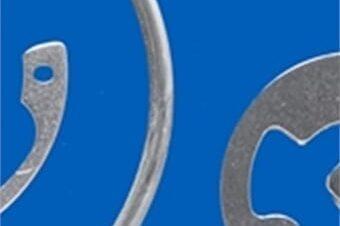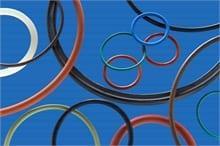

O Ring seals are unlike many other materials that design engineers confront. Metal or plastic parts, for example, are probably failing if visibly distorted. But an O-ring must be deformed to function properly. In fact, an O-ring that is not compressed in its application is the wrong O-ring.
The following list provides some “rules of thumb” for an engineer to consider when designing an elastomer O-ring:
– A stretch greater than 5% on the O-ring I.D. is not recommended, because it reduces the seal’s cross section and can lead to a loss of seal compression.
– A groove depth is the machined depth into one surface, whereas a gland depth consists of the groove depth, plus diametrical clearance, and is used to calculate seal compression.
– To create seal compression, the groove depth must be less than the seal cross section. To compensate for this compression, the groove width must be greater than the seal cross section, thus allowing the seal room to “flow.”
– The maximum volume of the O-ring should never surpass the minimum volume of the gland.
– For reciprocating seals, passing O-rings over ports is not recommended. Nibbling and premature wear and seal failure will result.
– The closer the application is to room temperature, the longer an O-ring can be expected to effectively seal.
– Avoid using graphite-loaded seals with stainless steel. They tend to pit the stainless-steel surface over time.
– Before installation, and where applicable, make sure to lightly coat the O-ring with a compatible lubricant.
– When using only one back-up ring, be sure to install it on the low-pressure side of the O-ring.
Have our catalogue sent to your door

